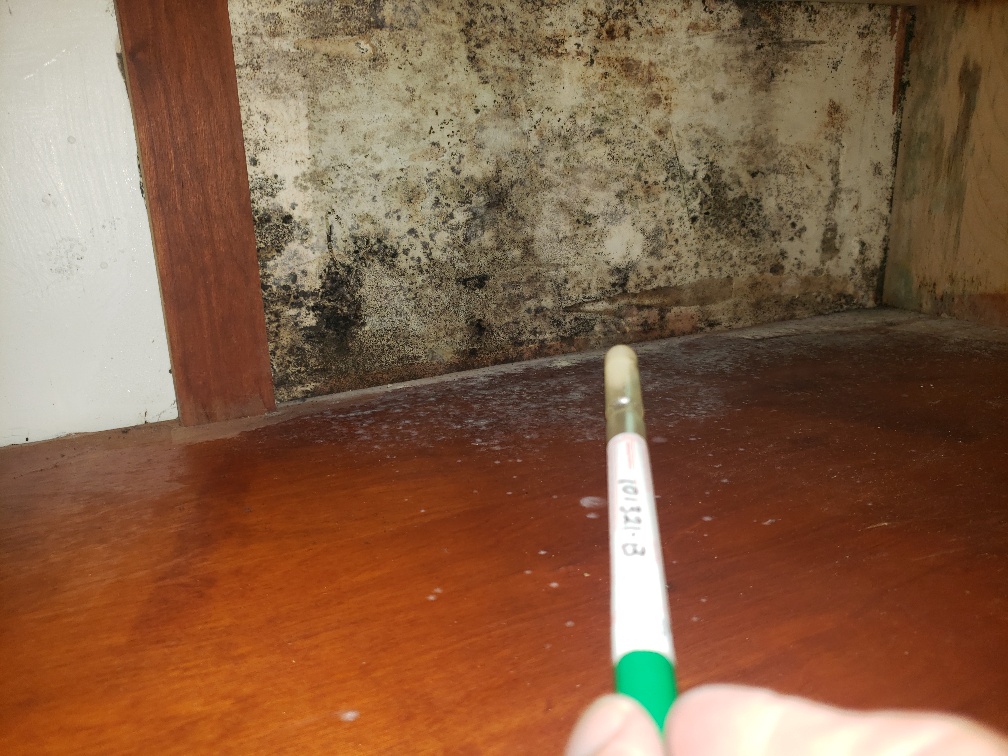Tips for Safely Handling Asbestos

Asbestos is a group of six naturally occurring minerals made up of heat-resistant fibers. It was used in thousands of U.S. consumer products before the dangers of asbestos were known. Asbestos causes mesothelioma, lung cancer and other cancers. Asbestos is regulated in the U.S., but not banned.
Although asbestos comes from all over the world, the main exporters are Russia, Kazakhstan and China. The toxic mineral was once mined throughout North America.
Asbestos may be found in large deposits or as contaminates in other minerals such as talc and vermiculite. Chrysotile asbestos is usually found as veins within serpentine rock.
While most commercial asbestos deposits contain 5% to 6% asbestos, some deposits, such as the Coalinga deposit in California, contain 50% or more asbestos.
Asbestos-Related Diseases
Scientific studies show exposure to asbestos is linked to several diseases, including cancers.
Mesothelioma is a type of cancer almost exclusively caused by asbestos exposure. The mineral also causes asbestos-related lung cancer, ovarian cancer and laryngeal cancer.
OTHER ASBESTOS-RELATED DISEASES INCLUDE:
-
- Asbestosis
- Pleural effusions
- Pleural plaques
- Pleuritis
- Diffuse pleural thickening
- COPD
Asbestos Products
When Americans are exposed to asbestos today, it is usually through renovation or demolition work on an old building that still contains legacy asbestos products.
A 2019 U.S. Environmental Protection Agency rule states manufacturers must seek government approval before selling discontinued uses of asbestos.
How to Identify Asbestos Products
Microscopic asbestos fibers cannot be seen, smelled or tasted. Unless it is clearly marked as asbestos, the only way to detect asbestos in an unmarked material is to send a sample to a lab for testing or hire an accredited asbestos inspector.
Tips for Safely Handling Asbestos
Some situations require the removal of asbestos-containing materials. But it may be safer to leave the materials undisturbed or encapsulate them with a sealant. Consult a certified asbestos abatement professional for the best advice.
1. Seal off the work area with plastic sheets and turn off the air conditioning.
2.Wear a respirator with a high efficiency particulate air (HEPA) filter.
3.Wear disposable coveralls and gloves during asbestos abatement.
4.Use a pump sprayer to keep asbestos materials wet and suppress dust at all times.
5.Clean the work area with wet wipes or a vacuum cleaner with a HEPA filter.
6.Dispose of asbestos waste in clearly labeled bags at a landfill that can accept asbestos.
Article Source : Tips for Safely Handling Asbestos
If mold growth inside your kitchen or bathroom becomes a constant problem, it is best to contact the most excellent mold inspection facilities near you.
Contact Us Today!
If You Believe You Have Mold In Your Home Call Now!

